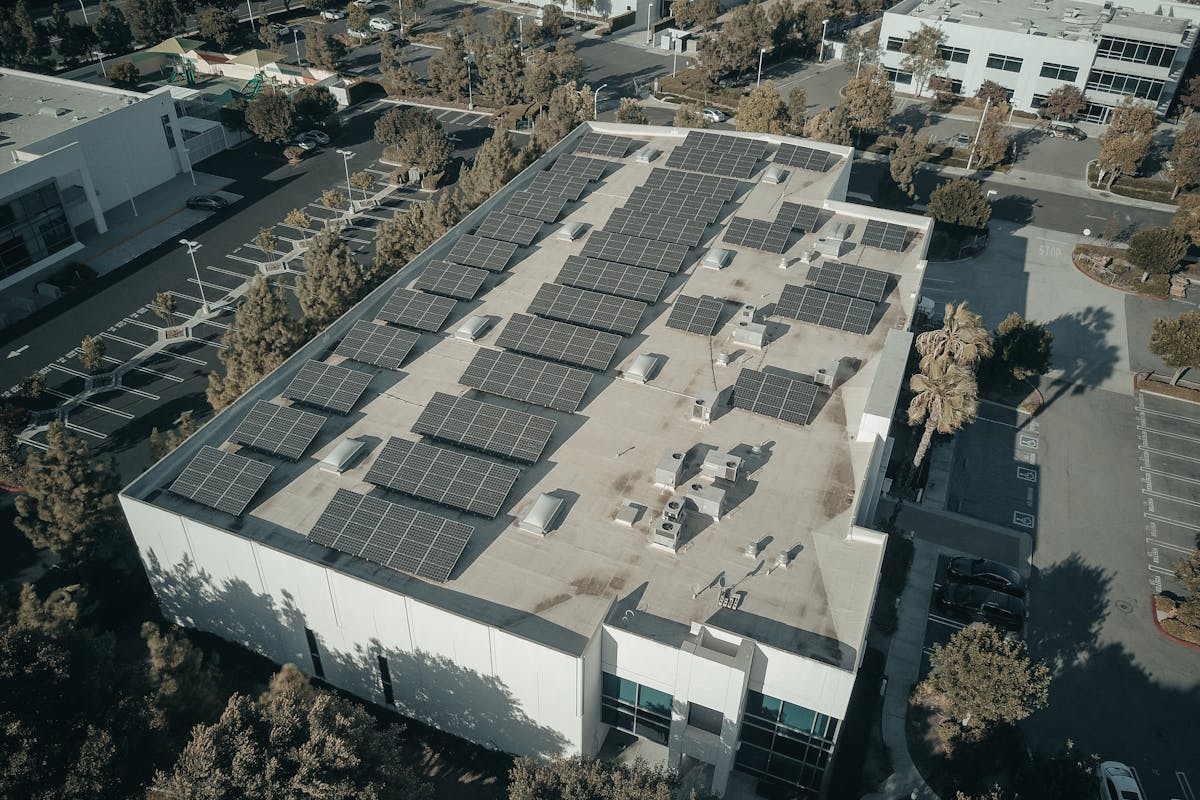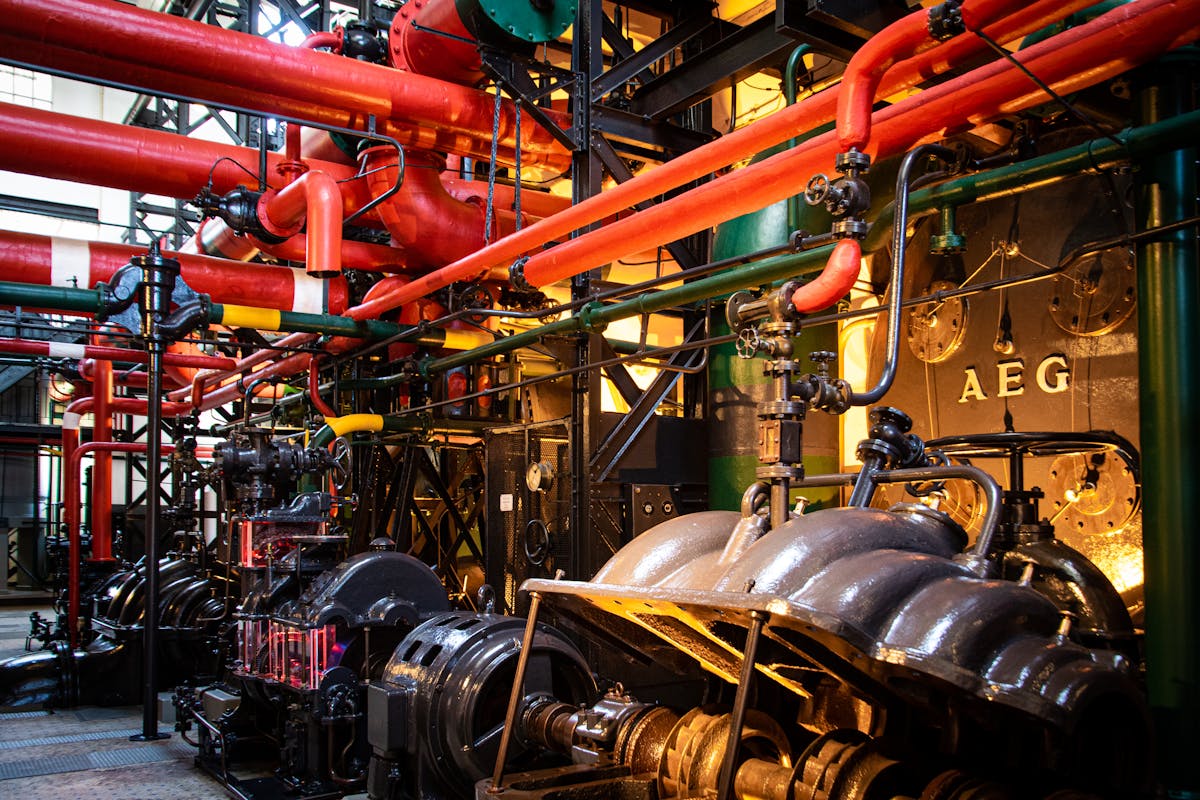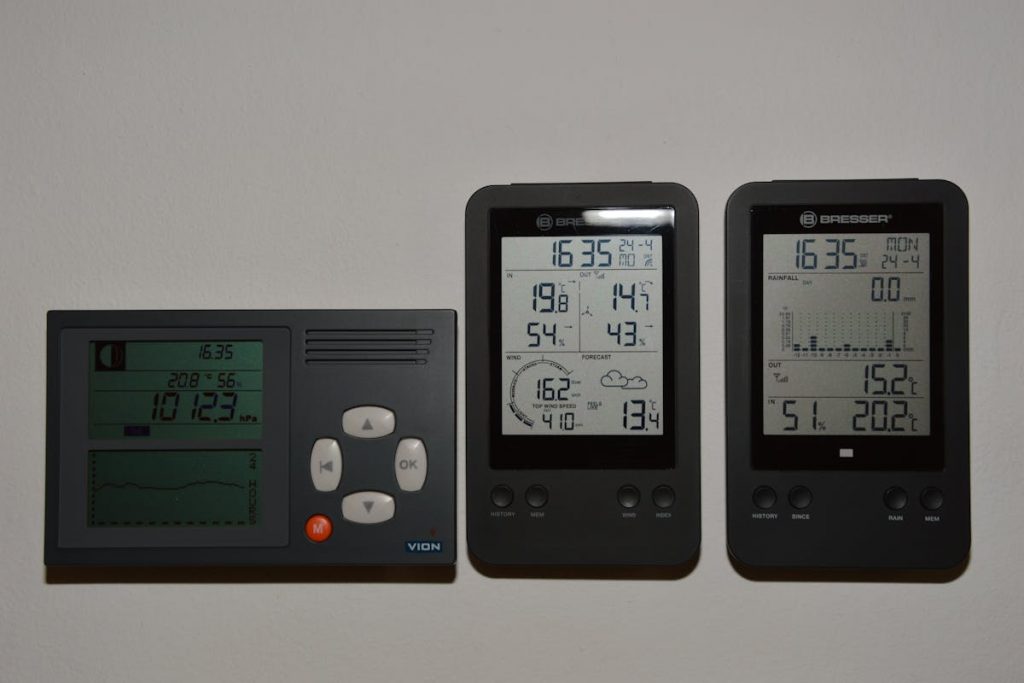- Government policies, including subsidies, tax credits, and efficiency mandates, crucially propel the adoption of innovative, energy-efficient heating technologies in buildings.
- Future heating technologies promise greater efficiency and sustainability. They will feature AI for temperature control and advanced materials for enhanced insulation.
- Rapid advancements in green heating solutions are essential for achieving environmental goals and reducing energy consumption in the construction sector.
- Architects, building managers, and green tech enthusiasts are key to fostering energy-efficient building practices through adopting cutting-edge heating technologies.
- Innovative heating technologies are integral to constructing energy-efficient buildings, aligning with global environmental objectives, and promoting economic sustainability.
Modern times call for modern solutions, especially in construction and building management. With environmental sustainability taking center stage, innovative heating technologies have become the bedrock on which the idea of energy-efficient buildings stands. In this comprehensive guide, we’ll explore the cutting-edge thermal mechanisms designed to keep our built environments warm at minimal costs to our pockets and the planet.
The Imperative of Energy Efficiency in Construction
From the architectural marvels of the past to the dynamic skylines of the present, buildings are a testament to human ingenuity. However, as urban landscapes grow, so does the need to reevaluate our approach to energy consumption in construction. The push for energy efficiency is multi-faceted, driven by cost savings, environmental conservation, and the need to address global concerns like climate change and resource depletion.
Unveiling the Future of Heating Technologies
The future isn’t just about flying cars, AI, and simple yet groundbreaking heating technologies. The quintessence of this future lies in reducing, if not eliminating, our reliance on fossil fuels for heating purposes. This transition isn’t a far-fetched dream but a growing reality already in many cutting-edge projects. From solar heating to high-efficiency boilers, each innovation is a step closer to a world where warmth doesn’t cost the Earth.

Key Technologies in Energy-Efficient Heating
Solar Heating Systems: Harnessing the Power of the Sun
Solar heating systems are at the forefront of the renewable heating revolution. These systems leverage the sun’s abundant energy, converting it into warmth for our buildings. Through a combination of solar panels and thermal collectors, solar heating can provide a significant portion of a building’s heating needs, especially in sun-drenched regions.
Heat Pumps: A Portable Refrigeration Revolution
Heat pumps work on the simple principle that even cold air contains heat energy. Compressing and condensing refrigerants transfer heat from the outside environment to the inside, efficiently heating spaces even in chilly conditions. With technological advancements, heat pumps have become a versatile solution that can cool spaces as effectively as they heat them.
Radiant Floor Heating Systems: Silent, Sublime Warmth
Radiant floor heating is an age-old practice that has found new life in the modern world. This system operates silently and invisibly, spreading heat from the floor upward, preventing heat loss that occurs with traditional convection heating. It’s popular for those seeking a luxurious heating experience with an added energy-efficiency quotient.
High-Efficiency Boilers and Furnaces: The Heart of Warmth
Boilers and furnaces are the traditional workhorses of heating systems, and with modern advancements, they’re becoming more efficient than ever. High-efficiency models use advanced combustion techniques, reducing fuel requirements and reducing emissions. They are especially pertinent for regions where renewables may not be viable alternatives.
Smart Thermostats and Controls: Intelligence Meets Comfort
The Internet of Things has ushered in a new era for heating technology, defined by connectivity and control. Smart thermostats learn a building’s heating patterns and adjust automatically, ensuring thermal comfort while minimizing energy waste. When every degree of change reflects in both comfort and savings, it’s an innovation that’s hard to ignore.

The Role of Industrial Furnaces in Energy-Efficient Industrial Buildings
Due to their scale and operational requirements, industrial buildings have unique heating demands. Industrial furnaces, in particular, play a critical role in ensuring energy efficiency. By adopting energy-efficient industrial furnaces, such as those with better insulation and combustion controls, industrial buildings can achieve substantial savings while maintaining the high temperatures necessary for their processes.
Challenges and Solutions for Implementing Innovative Heating Technologies
Initial Costs Versus Return on Investment
The initial investment is one of the primary challenges in adopting innovative heating technologies. However, it’s crucial to look beyond the immediate costs and consider the long-term financial benefits, which often far outweigh the upfront expenditure. With reductions in energy bills and potential incentives, the return on investment for these technologies is becoming increasingly favorable.
Retrofitting Challenges in Older Buildings
Integrating new heating technologies in buildings, especially older ones, can be complex. Retrofitting poses structural and logistical challenges, from space constraints to updating the building’s infrastructure. Creative solutions, including phased upgrades and the adaptation of flexible technologies, can effectively address these challenges.
Policy and Incentives: Nudging Forward the Revolution
Government policies and incentives play a pivotal role in adopting innovative heating technologies. Subsidies, tax credits, and rebates can significantly reduce the financial barriers for both residential and commercial builders. In addition, regulations that mandate energy efficiency standards are pushing the industry to innovate and adopt greener practices.
Future Trends in Heating for Energy-Efficient Buildings
Looking ahead, the trajectory of heating technologies points to a future that’s even more energy-efficient and sustainable. Emerging trends, such as integrating artificial intelligence for predictive heating control and using advanced materials for better insulation, indicate a greener tomorrow. As research and development accelerate, we expect to see even more innovative solutions gracing our skylines.
Conclusion
Adopting innovative heating technologies is a trend and a necessity intricately tied to our broader environmental and economic goals. By staying on top of these advancements, architects, building managers, and green technology enthusiasts can spearhead the energy-efficient building movement, positively impacting both the future of construction and our planet’s future. It’s time to heat our homes and businesses with the warmth of the sun, the intelligence of digital control, and the efficiency of human ingenuity.







